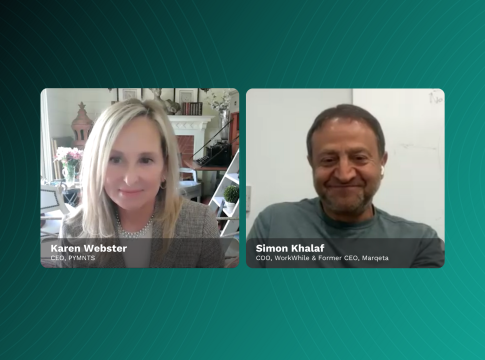Rethinking Hourly Work: The Rise of AI-Powered Labor Solutions
The landscape of the hourly labor market is rapidly evolving, and it’s clear it needs a makeover. Designed for an earlier era characterized by punch clocks and physical résumés, today’s system often feels disconnected and burdensome for both workers and employers. Enter a revolutionary approach known as the labor operating system, as illustrated by innovations from companies like WorkWhile.
WorkWhile: A Game Changer in Workforce Management
Simon Khalaf, the COO of WorkWhile, describes their mission as not merely filling shifts, but reshaping how hourly work is structured. The numbers speak volumes: WorkWhile currently employs over 173,000 workers daily throughout the U.S., making it the 26th largest employer in the country—all without traditional recruiters. Instead, they harness the power of artificial intelligence (AI) to streamline their operations.
Khalaf emphasizes that WorkWhile does more than just connect workers to jobs. They focus on matching individuals based on their unique skills and specific job requirements. For instance, they won’t just identify a cook; they’ll find one who specializes in Mediterranean lamb using a Viking oven, paired with sous chefs.
Eliminating Guesswork with Predictive Models
The hourly labor market often relies on guesswork, resulting in show rates as low as 60%. WorkWhile, however, boasts an impressive predictive accuracy of less than 4% error for show rates, fundamentally changing the hiring dynamic. Khalaf provocatively suggests that their understanding of human behaviors surpasses that of traditional credit scoring models, delivering a more reliable workforce solution.
Building a New Ecosystem for Workers
WorkWhile’s approach is not just about filling schedules; it’s about constructing a comprehensive ecosystem that offers flexibility and stability for workers. Unlike traditional employment models, their services are portable and worker-centric.
- Instant Pay: Real-time payment options eliminate financial strain.
- Telehealth Services: Accessible healthcare options can reduce unnecessary medical expenses.
- Skill Development: AI-driven training enables workers to enhance their capabilities without the burden of traditional learning methods.
This model empowers workers, providing them with predictability that is often lacking in hourly jobs.
Labor as a Valuable Asset
Khalaf envisions a future where labor is treated as a tangible asset, akin to capital. WorkWhile’s predictive abilities allow them to foresee a worker’s job prospects up to two weeks in advance, creating opportunities for innovative financial services.
By employing predictive data to anticipate income flow, WorkWhile seeks to establish an “interest-free loan economy.” This new financial landscape would leverage expected earnings as collateral, fundamentally altering how hourly workers interact with financial institutions.
A Shift in Workforce Philosophy
As Khalaf articulates, WorkWhile aims to disrupt traditional HR practices before addressing the broader staffing arena and financial technology sectors. This vision is not merely about job placements; it’s about reimagining the entire concept of work for hourly employees.
With this fresh perspective, WorkWhile exemplifies how AI can facilitate a better future for hourly work, treating labor as a vital resource that drives economic value. As the traditional systems grapple with modernization, the implications of such innovations resonate, laying the groundwork for a more integrated and effective workforce model.
In a world that demands agility, it seems the future of work is being prototyped in platforms that prioritize both worker and employer needs, ensuring a more robust and harmonious labor market ahead.

Writes about personal finance, side hustles, gadgets, and tech innovation.
Bio: Priya specializes in making complex financial and tech topics easy to digest, with experience in fintech and consumer reviews.

